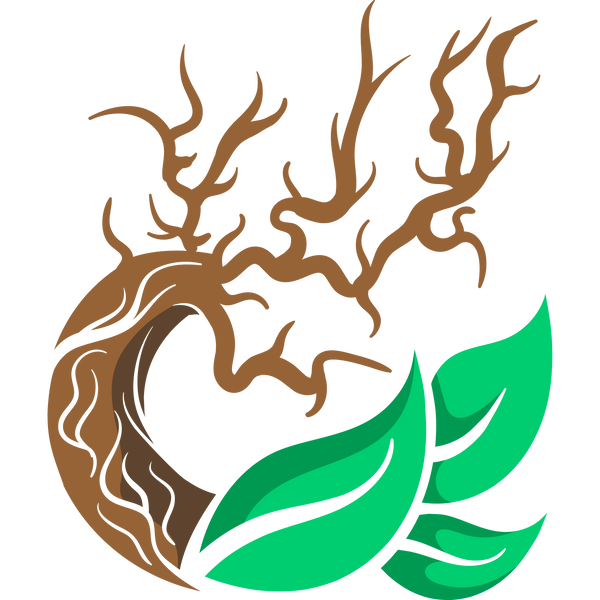The beauty of creating terrariums lies in their miniature, self-contained ecosystems. However, for an artist who delights in crafting these tiny worlds for a diverse clientele, the challenge soon becomes: how do you ensure each creation is a fresh, unique surprise? How do you avoid repetition and keep the magic alive with every new project?
This is where the joy of sourcing and experimenting with a vast array of materials truly shines. To keep each terrarium distinct and captivating, I've delved into the wonderful world of natural elements, particularly focusing on the diverse textures and shapes offered by different types of wood and stone.
Forget the monotony of using the same few pieces over and over. The key to crafting individual masterpieces lies in embracing the subtle nuances of materials like cork bark, with its rugged, uneven surface perfect for creating miniature cliffs and hiding spots. Or the cylindrical intrigue of cork tubes, offering shelter and a unique visual element.
Then there's the weathered charm of driftwood, each piece sculpted by time and tide, guaranteeing a one-of-a-kind centerpiece. The twisting elegance of grape wood, the dense, dark beauty of mopani wood, the intricate branching of spider wood, and the smooth, reddish tones of manzanita – each wood possesses its own character and lends a different aesthetic to the terrarium.
Beyond wood, the world of stones offers another layer of individuality. From smooth river stones to jagged pieces of slate, the careful placement of rocks can define the landscape, create visual interest, and even influence the moisture retention within the terrarium. Different substrates, moss varieties, and of course, the carefully selected plants themselves, all contribute to the unique fingerprint of each tiny world.
The process becomes a delightful puzzle. Each new client, each new request, is an opportunity to explore a different combination of these elements. It's about considering the desired aesthetic – perhaps a humid jungle vibe with gnarled driftwood and lush foliage, or a serene desert landscape with sun-bleached cork bark and hardy succulents.

The challenge is not just about using different materials, but about thoughtfully combining them to create a harmonious and visually engaging miniature landscape. It's about understanding how the textures and forms interact, how they complement the chosen plants, and how they contribute to the overall story of the terrarium.
While the initial setup of a terrarium might follow similar foundational principles, the artistic expression lies in the details. It's in the carefully chosen piece of spider wood that mimics the roots of a fallen tree, the strategically placed piece of cork bark that forms a natural cave, or the unique arrangement of stones that creates a sense of depth and scale.

In the world of terrariums, the possibilities are as endless as the natural materials available. By continually seeking out new and interesting elements and embracing the art of thoughtful composition, the goal of creating a unique and surprising miniature world for every client remains an exciting and rewarding endeavor.

